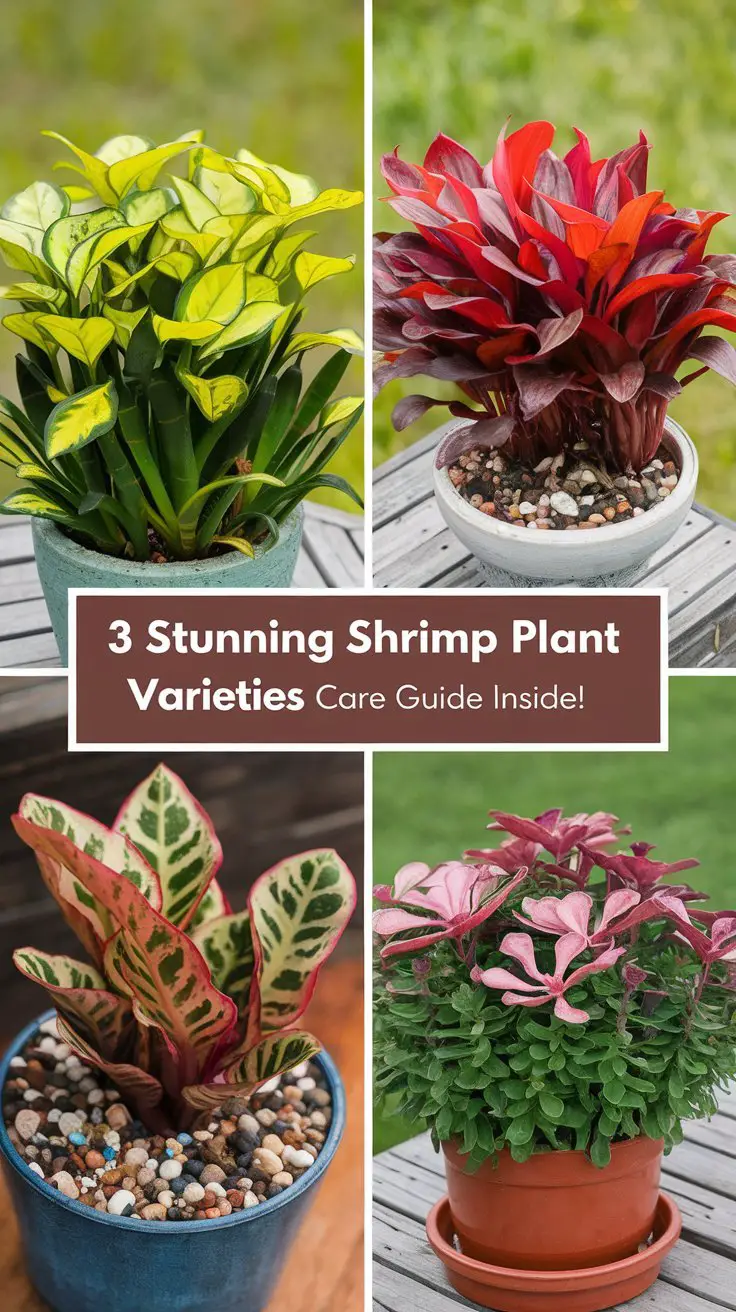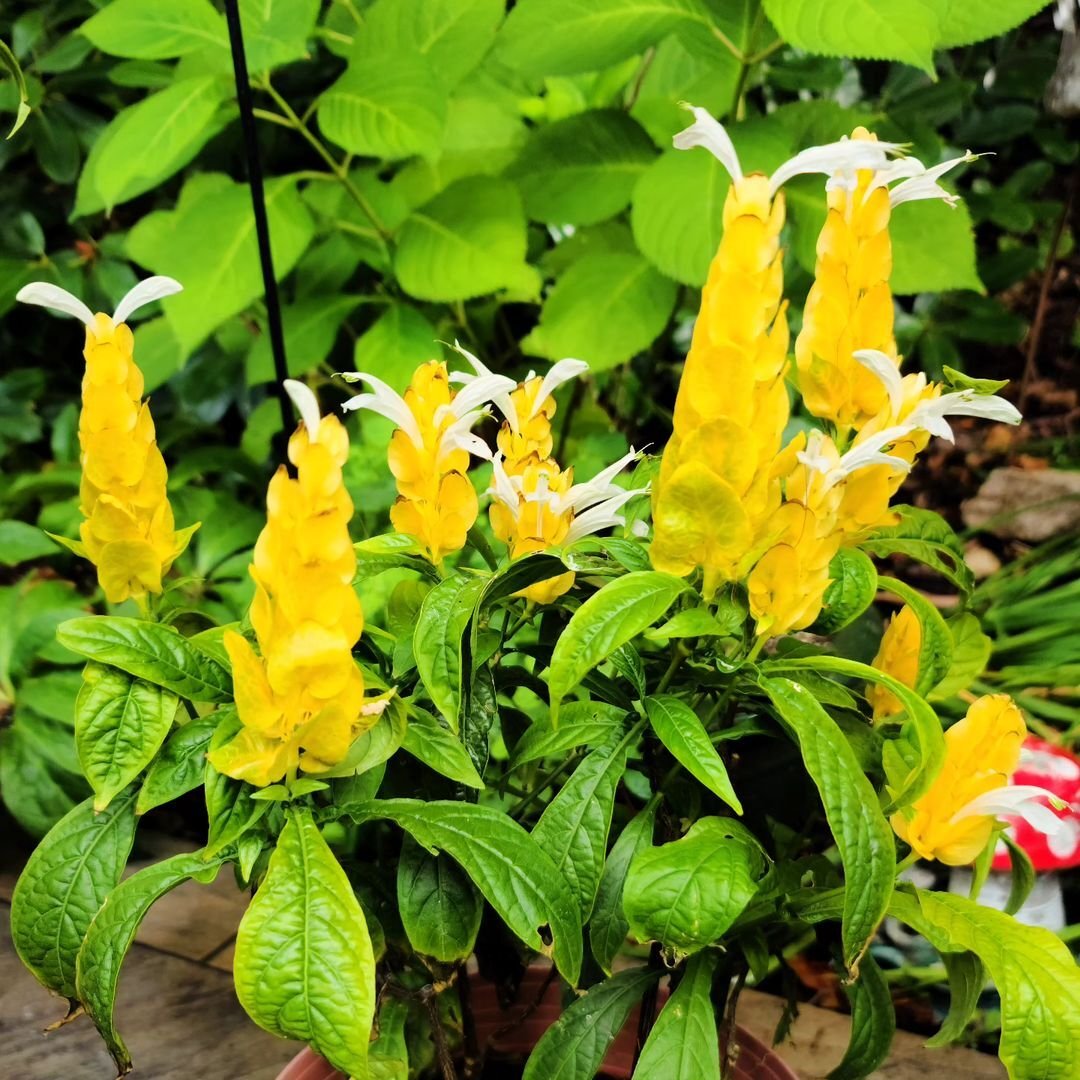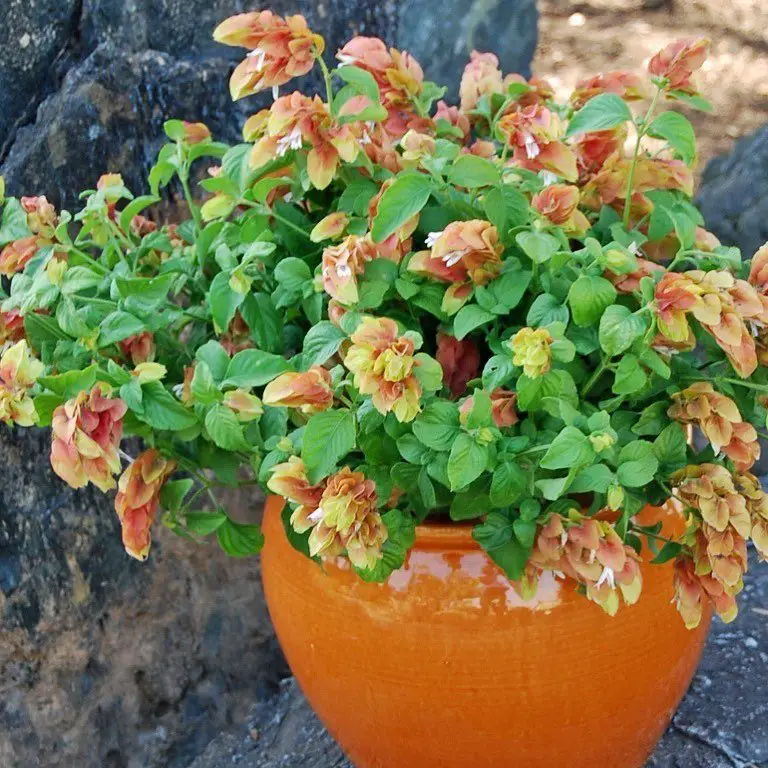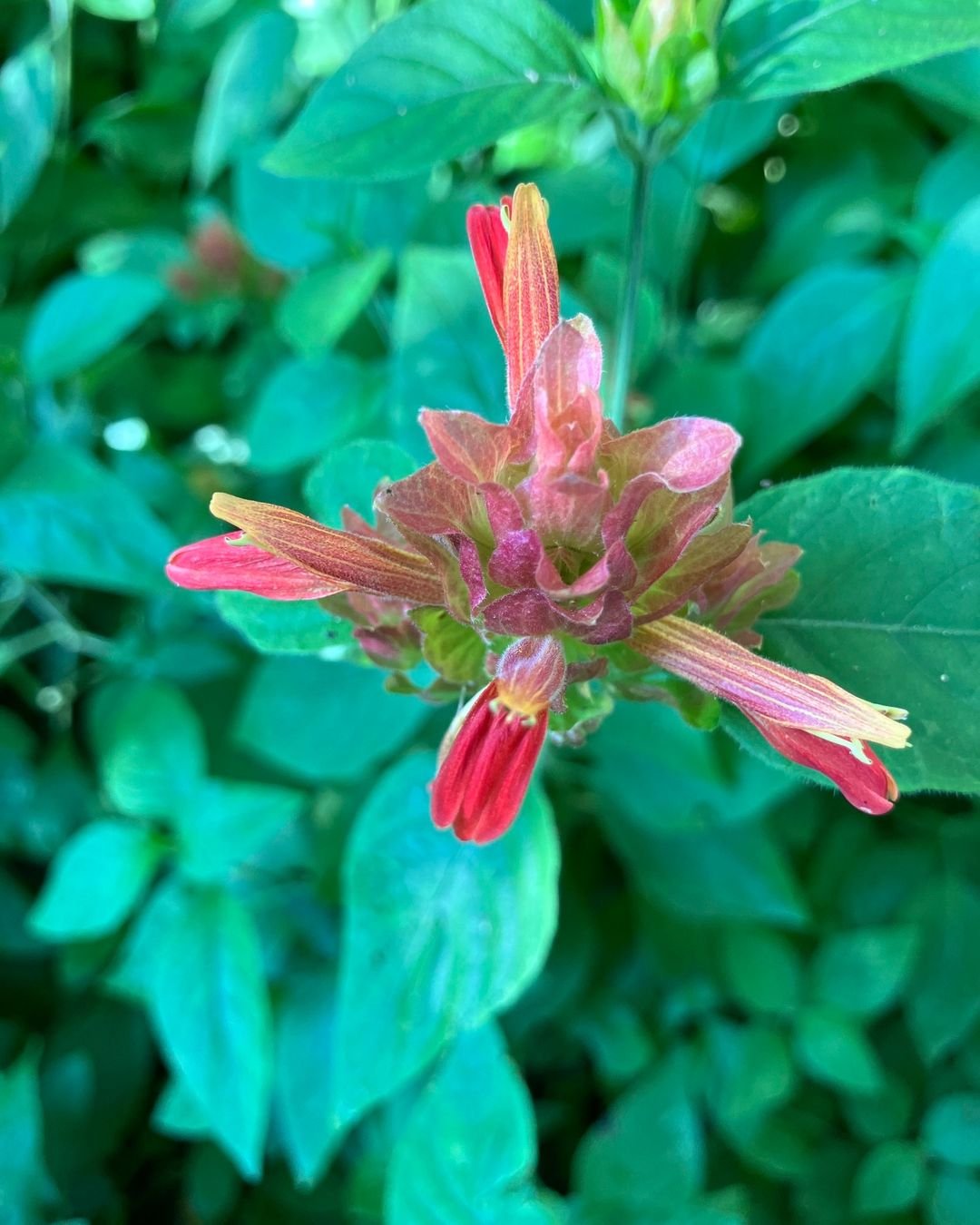Learn expert care tips for 3 stunning Shrimp plant varieties. Discover how to grow and maintain these unique tropical beauties indoors and out. Perfect for gardeners and plant enthusiasts!
Shrimp plants, known for their unique, colorful bracts resembling shrimp, are captivating additions to any garden or indoor space. With proper care, these tropical beauties can thrive and provide year-round interest. This guide explores three popular shrimp plant varieties and offers expert tips on their care and cultivation.
As a tropical plant specialist with over 15 years of experience in cultivating exotic flora, I’m thrilled to share my insights on these fascinating plants. Let’s dive into the world of shrimp plants and discover how to help them flourish in your space!
Here’s a clear and concise chart for the Shrimp Plant:
| Category | Information |
|---|---|
| Botanical Name | Justicia brandegeeana |
| Common Name | Shrimp Plant |
| Plant Type | Evergreen Perennial |
| Hardiness Zone | USDA Zones 9–11 |
| Sun Exposure | Full sun to partial shade |
| Soil Type | Well-draining, fertile soil |
| Watering | Moderate, keep soil evenly moist |
| Growth Habit | Bushy, spreading |
| Height/Spread | 2–5 feet tall, 2–3 feet wide |
| Special Features | Unique shrimp-like bracts, blooms year-round in warm climates, attracts hummingbirds and butterflies |
Why Choose Shrimp Plants?

Shrimp plants (Justicia brandegeeana) offer several benefits to gardeners:
- Unique, eye-catching appearance
- Attract hummingbirds and butterflies
- Can bloom year-round in ideal conditions
- Suitable for both outdoor gardens and indoor spaces
- Relatively easy to care for with proper knowledge
Now, let’s explore three popular shrimp plant varieties and their specific care requirements.
3 Stunning Shrimp Plant Varieties
1. Golden Shrimp Plant (Pachystachys lutea)

Description: Despite its common name, this plant is not a true shrimp plant but is closely related. It features bright yellow bracts with white flowers.
Height: 3-4 feet Light Requirements: Bright, indirect light Water Needs: Keep soil consistently moist but not waterlogged
2024 Trend: Gaining popularity in tropical-themed indoor spaces and conservatories.
Care Tip: Prune regularly to maintain shape and encourage bushier growth.
2. Red Shrimp Plant (Justicia brandegeeana ‘Red’)

Description: This variety showcases vibrant red bracts with small white flowers peeking out, truly resembling cooked shrimp.
Height: 2-3 feet Light Requirements: Partial shade to full sun Water Needs: Water deeply when the top inch of soil feels dry
2024 Update: New compact cultivars are being developed for small space gardens.
Care Tip: Fertilize monthly during the growing season with a balanced, water-soluble fertilizer.
3. Fruit Cocktail Shrimp Plant (Justicia brandegeeana ‘Fruit Cocktail’)

Description: A unique variety featuring multicolored bracts in shades of pink, yellow, and lime green.
Height: 2-4 feet Light Requirements: Bright, indirect light to partial shade Water Needs: Keep soil evenly moist, especially during hot weather
2024 Insight: Increasing popularity in butterfly gardens due to its nectar-rich flowers.
Care Tip: Provide high humidity through misting or pebble trays for optimal growth and flowering.
General Shrimp Plant Care Guidelines
To ensure your shrimp plants thrive, follow these care guidelines:
- Soil: Use well-draining, fertile soil. A mix of potting soil, peat moss, and perlite works well.
- Light: Most varieties prefer bright, indirect light. Too much direct sun can scorch leaves.
- Water: Keep soil consistently moist but not waterlogged. Reduce watering in winter.
- Temperature: Maintain temperatures between 60-80°F (15-27°C). Protect from cold drafts.
- Humidity: Shrimp plants thrive in humid environments. Mist regularly or use a pebble tray.
- Fertilizer: Feed monthly during the growing season with a balanced, water-soluble fertilizer.
- Pruning: Regularly pinch back growth tips to encourage bushiness and more blooms.
- Propagation: Easily propagate through stem cuttings in spring or summer.
Common Shrimp Plant Problems and Solutions
- Leaf Drop: Often caused by low humidity or drastic temperature changes. Increase humidity and maintain stable temperatures.
- Yellow Leaves: May indicate overwatering or nutrient deficiency. Adjust watering schedule and fertilize appropriately.
- Pests: Watch for aphids, spider mites, and whiteflies. Treat with insecticidal soap or neem oil.
- Lack of Blooms: Usually due to insufficient light. Move to a brighter location or provide supplemental lighting.
Embrace the Unique Beauty of Shrimp Plants
Shrimp plants, with their distinctive appearance and relatively easy care requirements, are wonderful additions to any plant collection. Whether you choose the golden, red, or multicolored variety, these plants are sure to be conversation starters.
Remember, successful plant care is about observation and adaptation. Pay attention to your plant’s needs and don’t hesitate to adjust your care routine as necessary. With proper care, your shrimp plants will reward you with their unique, colorful displays for years to come.
For more information on tropical plant care, visit resources like the American Horticultural Society or consult with your local botanical garden. Happy growing!
For more gardening tips and plant care guides, visit usagardenhub.com




2 Comments on “Shrimp Plant Care : Growing Guide for 3 Stunning Varieties”